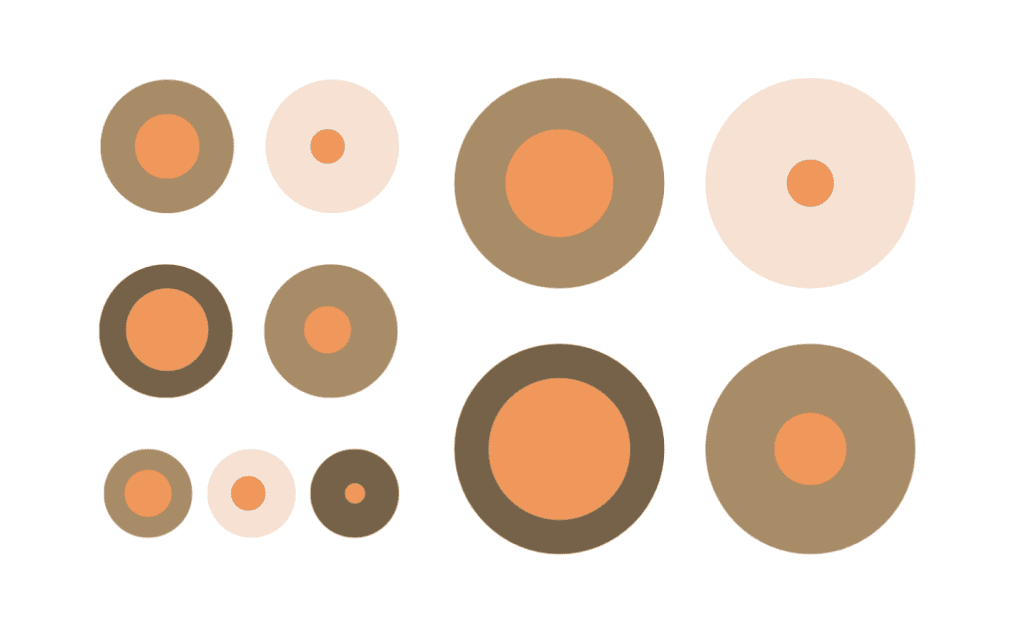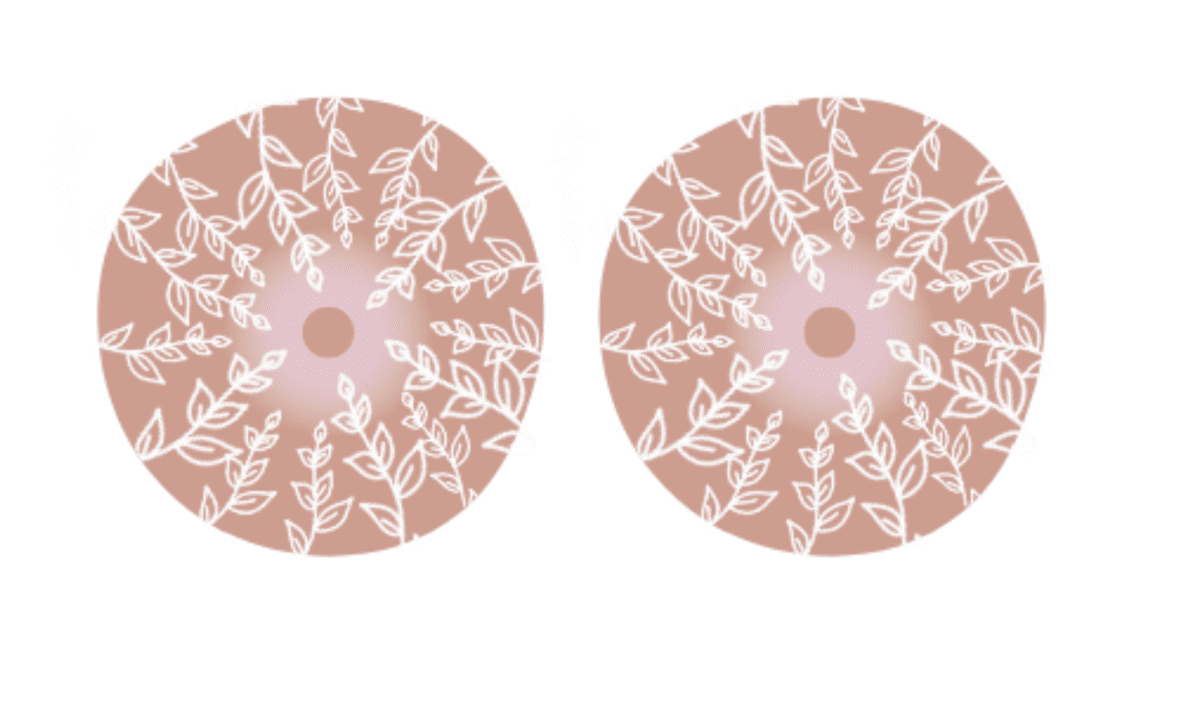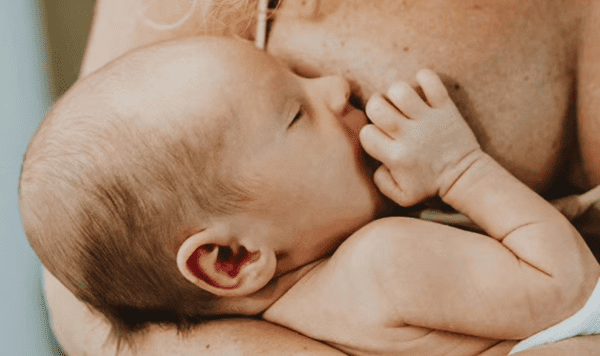Ali Weatherford
Breast size and nipple size can be factors for successful breastfeeding, but probably not in the ways that most people think. There is a perception that larger breasts make more milk. Some people worry that their nipples might be too small to deliver enough milk, or too large for the baby to comfortably hold on to. These concerns make sense, but actually don’t have very much affect on your ability to breastfeed successfully.
Anatomy of the breast

The actual nipple is the smallest piece right in the center of the breast. It’s the bullseye. Some nipples are large or long, while others are much smaller. Then there’s a bigger ring of darker skin around that which is called the areola. This part might take up more or less space on the breast. Breastfeeding involves more than just the nipple. The baby actually needs to take in a big part of the areola to breastfeed efficiently and with the least amount of discomfort for you. There are also milk making cells and sacs that create and hold milk in the breast tissue. There are ducts that send the milk to the nipple. These parts of the anatomy actually fill up quite a bit of space in the breast even beyond the areola. There is also fat tissue in the breasts.

When you’re feeding a baby, they need to take in the nipple AND much of the areola to be able to squeeze out the milk from where it’s held in the breast. The pressure from the baby’s mouth helps send the milk down, then the suction draws it out.
Big breasts
Larger breasts don’t necessarily have more milk sacs or ducts. In fact, they usually don’t. What larger breasts do have is more fat. Sometimes larger breasts are associated with being overweight, but not always. Some people just have a lot of extra breast tissue. I do like to think of it as extra. A lot of volume is not necessary for the breasts to function properly. In some cases larger breasts can actually be an obstacle to easy breastfeeding. It might be harder to find a position to hold your baby in a way that is comfortable for you and the baby when the breasts are very large.
There ARE ways to make this easier though, so it’s a great idea to see a lactation consultant for some guidance if you have very large breasts and are struggling with breastfeeding. There are also some associations with difficulties breastfeeding related to a very high BMI. Most often, this does not cause a problem, but if you do have a very high BMI, be aware that you may have a delay in getting your full milk supply. If this does happen, it’s important to get some support to help you manage this. Most of the time, this is a temporary problem. You may be able to get on a pumping plan and/or supplement just until your milk supply is maximized.
Small breasts
If you have small breasts, don’t worry! You will most likely have everything you need there to feed your baby. The hardware needed to make milk doesn’t take up all that much space. Having smaller breasts most often means just less fat tissue. In some cases, breasts might be small enough to mean that there is less storage space for milk, although it doesn’t affect your ability to make milk. In this case, the baby just needs to eat more often.
Then there are some more rare cases of a condition called mammary hypoplasia or insufficient glandular tissue. This condition actually means that a person does not have enough milk glands to produce a full supply. In this case, a lot of people will breastfeed as much as they can and then supplement with donor milk or formula.
What about the nipples?
Whether you have large or small breasts, your nipples might be big or small. Larger nipples can sometimes make it easier for the baby to get a grip on the breast, but small nipples can work very well too. There are some special nipples that can make it a little more difficult.
If you have flat or inverted nipples, it can make breastfeeding more challenging, but doesn’t necessarily mean that it’s impossible to feed your baby directly from the breast. Some people don’t have a hard time with it, or it can be managed with some help.
There are some other more extreme nipple shapes and sizes that might make it more difficult to breastfeed directly. If your nipples are very large or long, it might be difficult for your baby to latch on. Their mouths are very small at first, and they might not be able to fit a very large nipple. A very long nipple may cause gagging. A nipple shield may help, or you may need to pump milk and feed your baby from a bottle temporarily until the baby grows enough to manage the size of the nipple.
Resources

